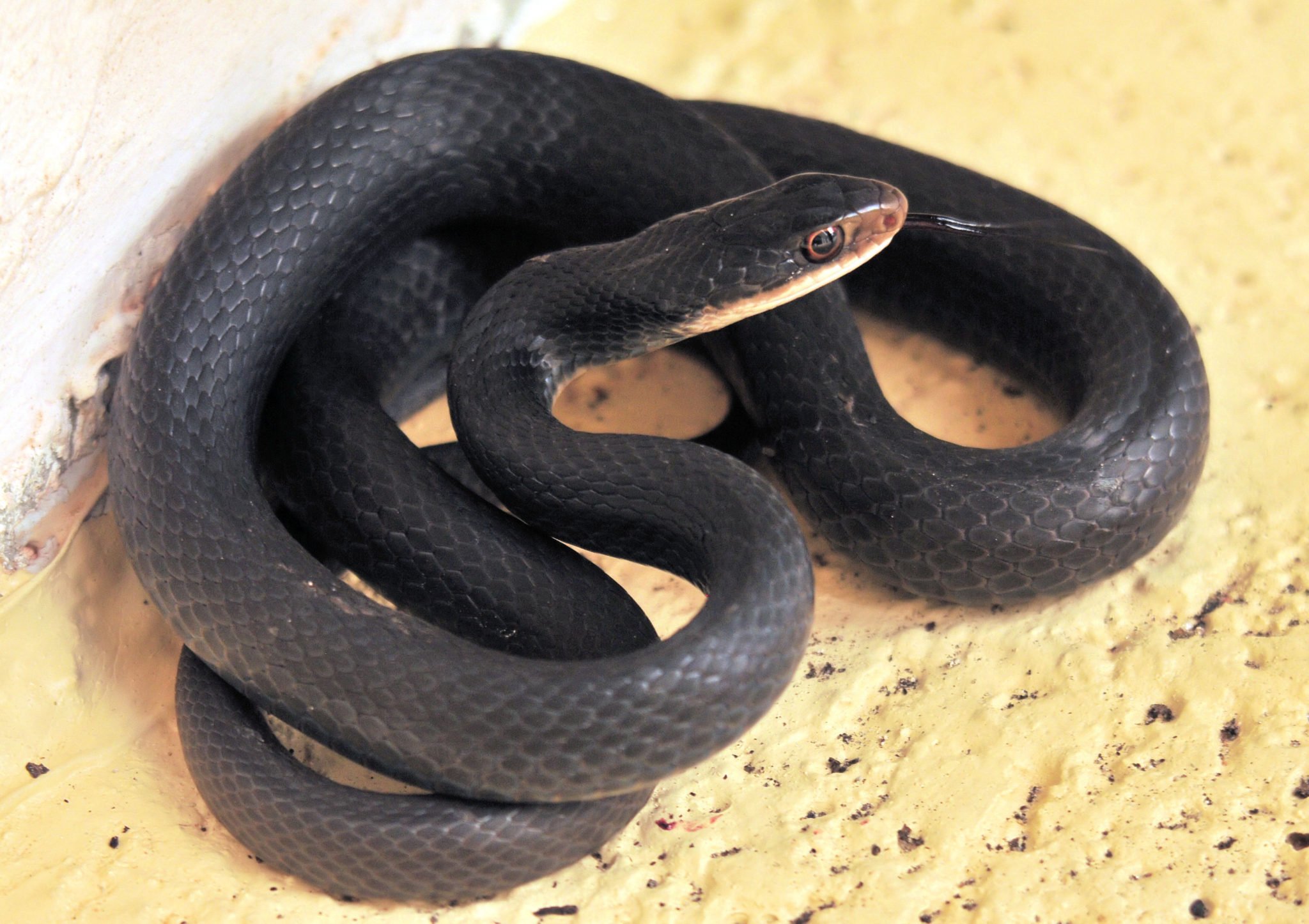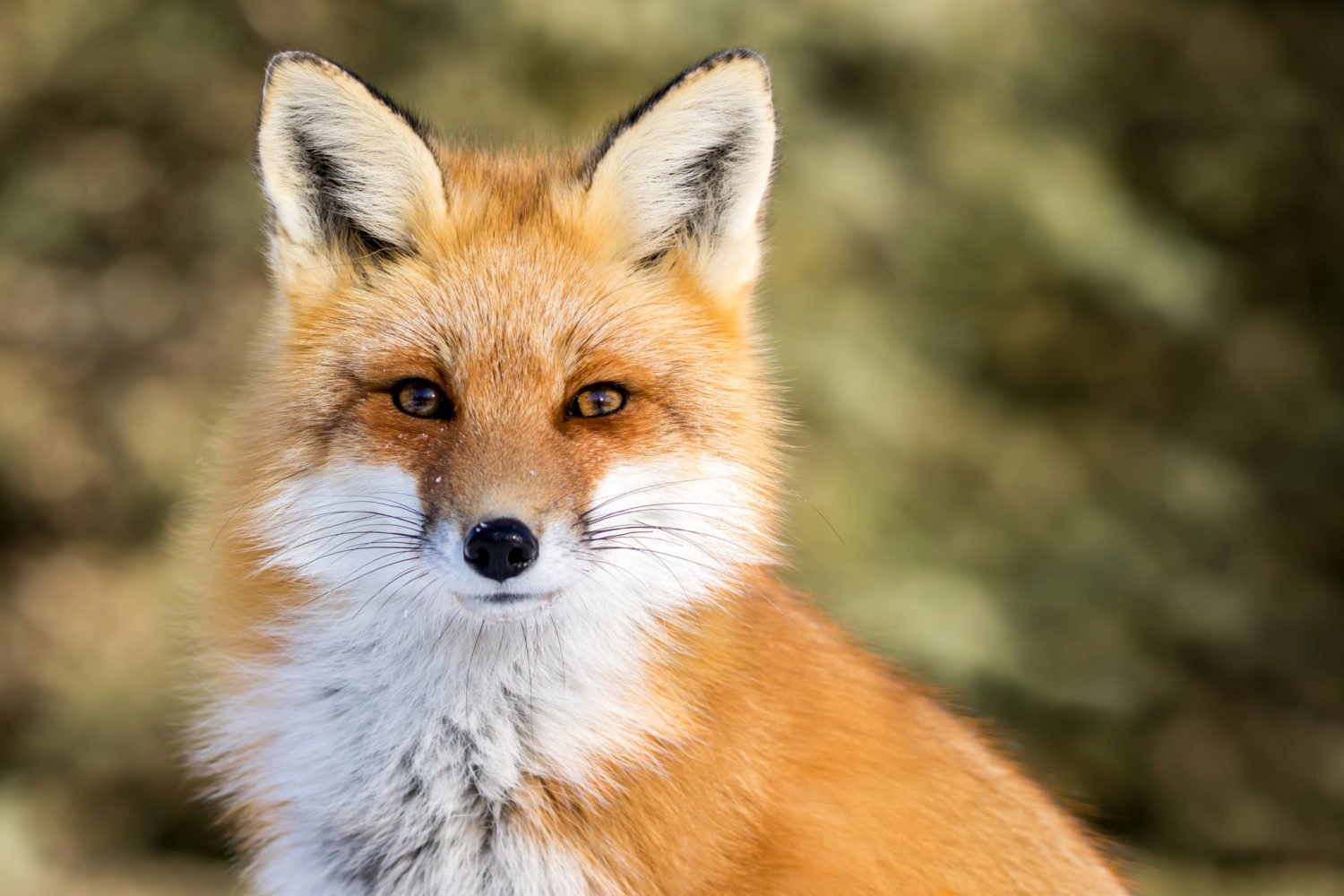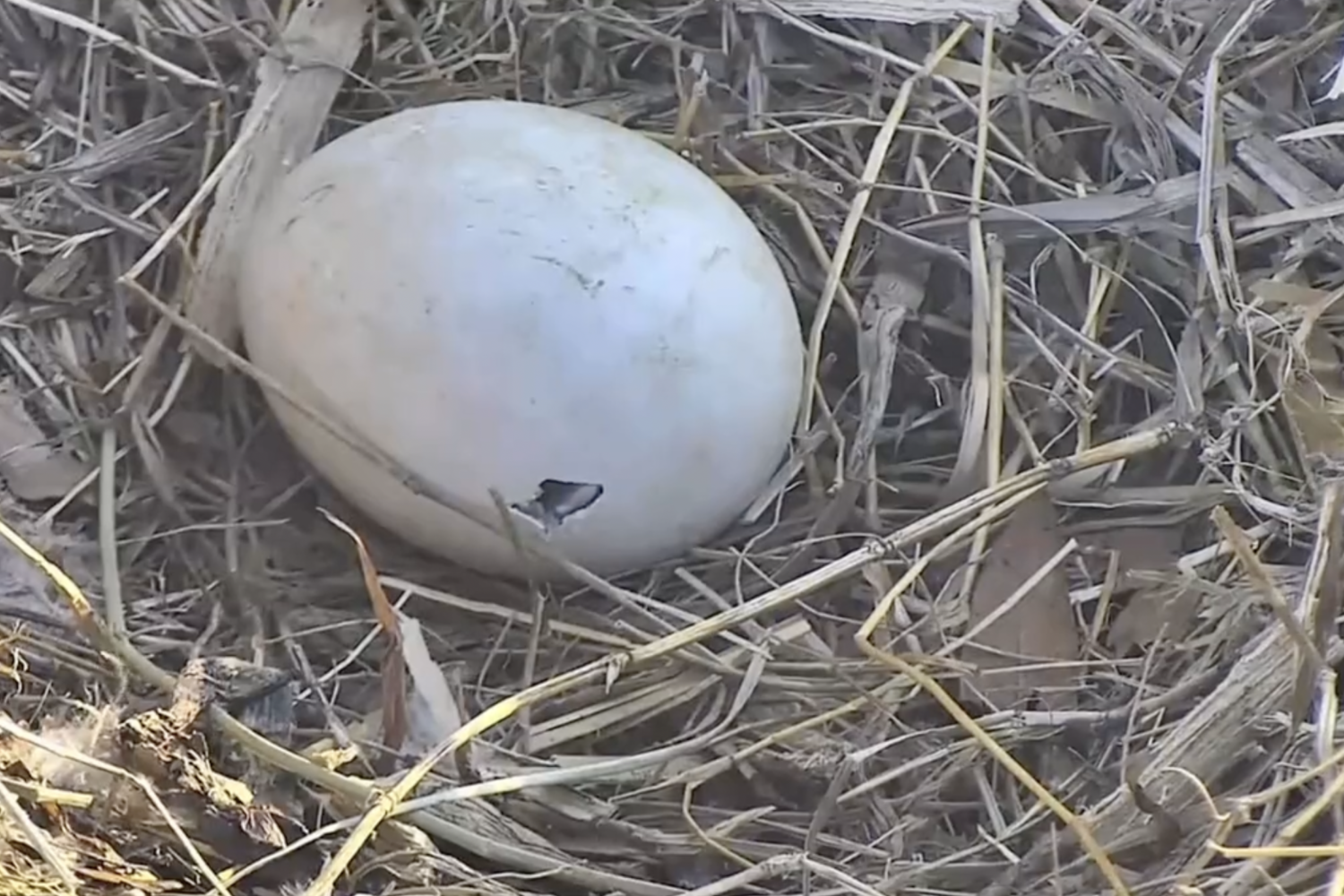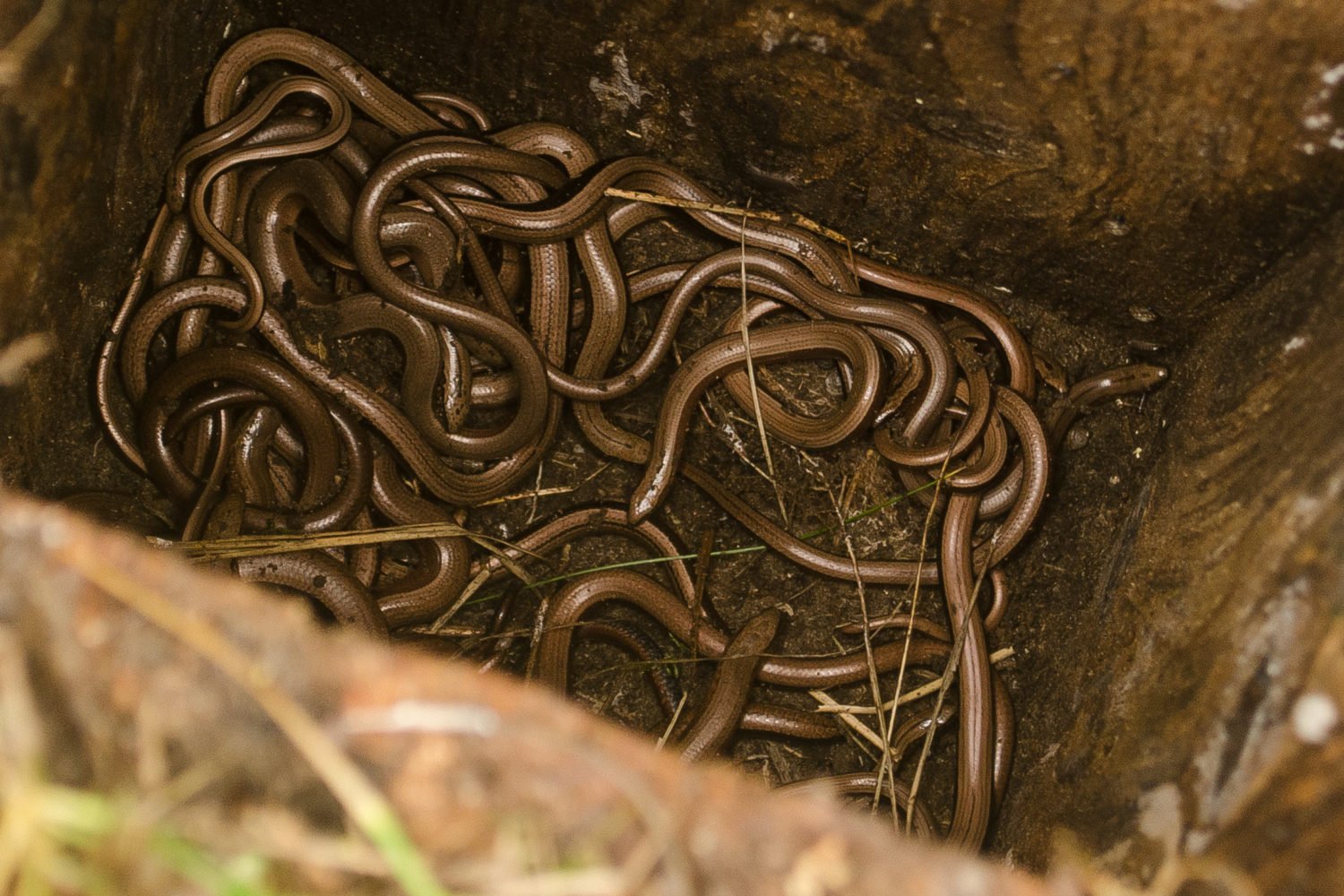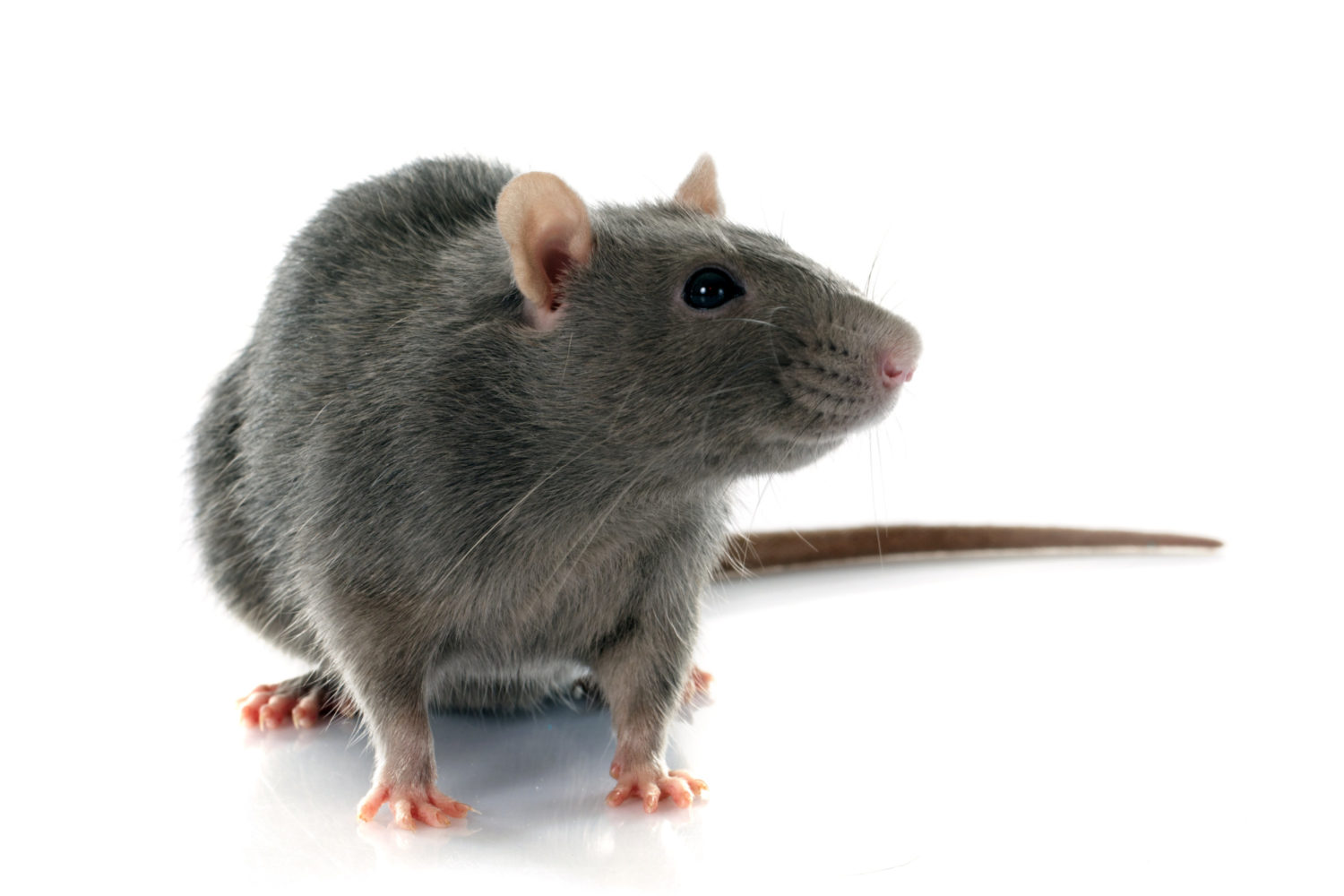Washingtonians have lately been reporting some uncomfortably close encounters with snakes. Last month, somebody came across a nearly five-foot-long black eastern rat snake on the streets of Georgetown, and another rat snake was spotted slithering up a Logan Circle window. Earlier this week, one was captured on video attempting to cross Connecticut Ave. in a crosswalk (we would make a joke about the creature’s good pedestrian etiquette, except that snakes obviously don’t have feet). There was even a rattlesnake in Prince William County.
But disconcerting though those sightings might be for the reptile-averse, experts say they don’t signal some kind of unusual invasion. It’s just snake season. The spring months are a time of peak activity for snakes, whose mating season often happens now. Snakes are also ectothermic, meaning their body temperatures change depending on the environment they’re in. Often snakes hunker down in the winter months and emerge in the spring in search of food and a place to live. “This time of year, they’re going to be out roaming,” says John Orr, vice president of the Virginia Herpetological Society.
The DC area is full of appealing places for snakes to live, including Rock Creek Park and the Potomac and Anacostia Rivers. Often during peak activity season, they roam away from these habitats or get swept into creeks or storm drains and end up in more urban areas. People are also building homes in more natural areas, such as near creeks, woods and parks, Orr says. This leads to appearances in backyards or even inside homes.
But Orr emphasized that most snakes in the area are completely harmless, and—as the name “rat snake” suggests—they actually offer “free pest control,” eating rodents and bugs. Local species include non-venomous snakes like the black racer, the eastern rat snake, the garter snake, the eastern worm snake, and the northern water snake, which often swims in the Potomac or basks on nearby rocks. “They play this important role in the ecosystem as predators and they help keep other animal populations in check and under control,” Orr says.
The only common venomous snake in the region is the copperhead, which has a copper-like color and darker splotches along its back. The Virginia Herpetological Society has a free program that identifies snakes people find in the area (you can just email them a photo). And groups like Mid-Atlantic Wildlife Control will remove snakes that could be harmful, are in danger, or have entered someone’s home, free of charge.
Unless a snake makes its way into your home or appears hurt, Orr says the best thing to do is leave it alone. Non-venomous snakes could still bite if someone attempts to pick them up or messes with them. Instead, he suggests taking time to just watch the creature. “If people do run across a snake, I hope they realize that’s really a very cool thing,” Orr says. “It’s an opportunity to just find out more about the natural world.”

